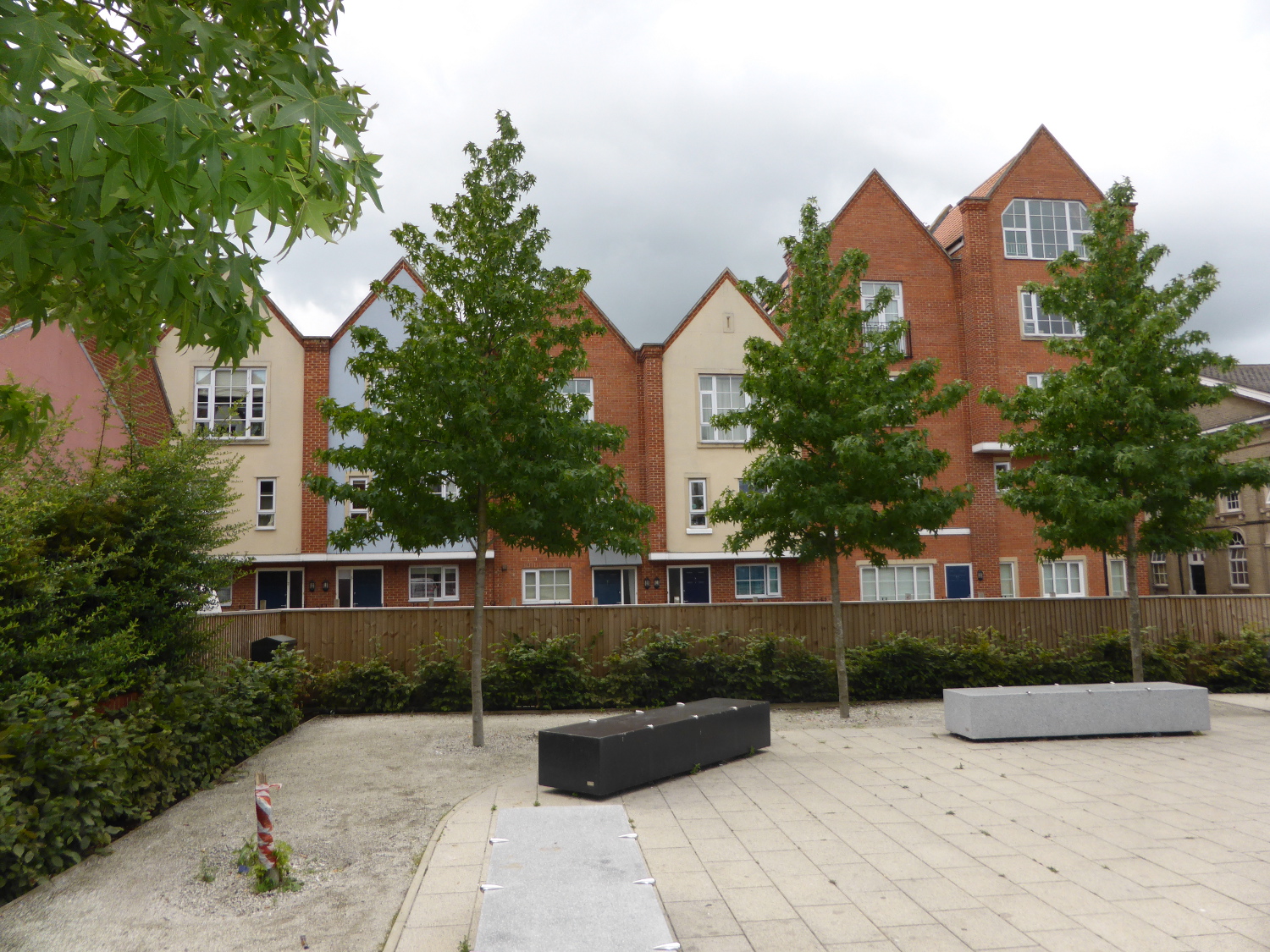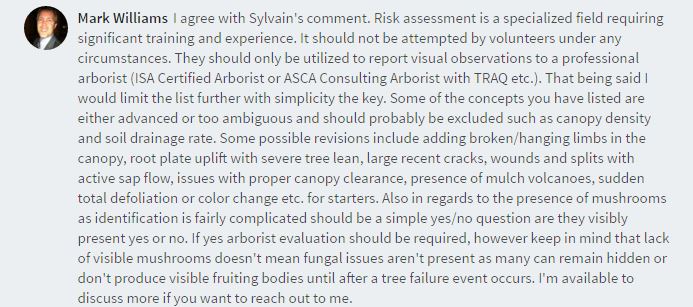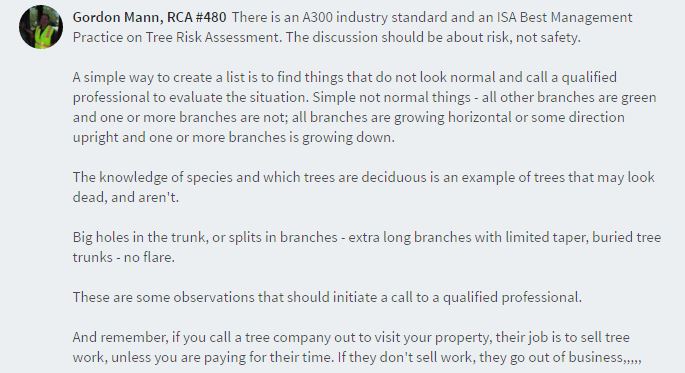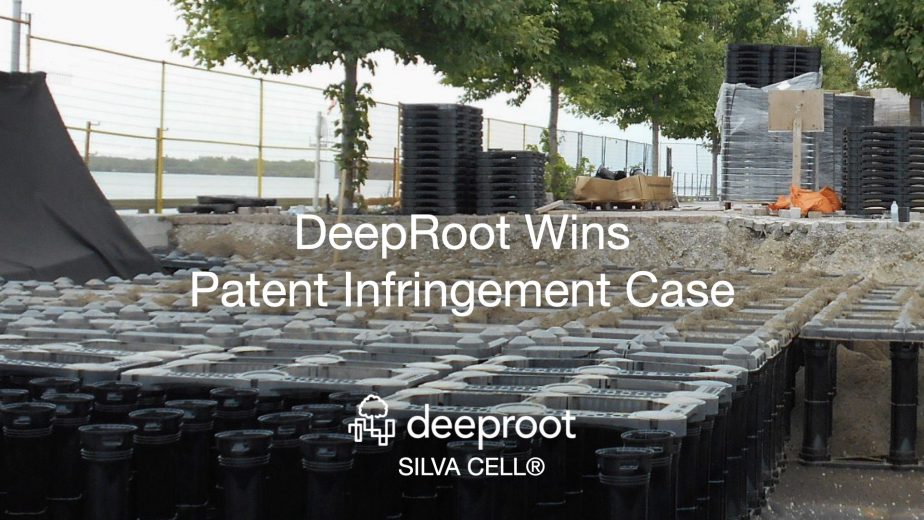A few weeks ago we published a post about 13 steps to evaluate trees. It was written by a longtime contributor to this blog, Peter MacDonagh, who is an arborist, horticulturalist, adjunct professor at the University of Minnesota, and Fellow of the American Society of Landscape Architects. Some people in our community took issue with the format and content of the post, so today we want to address those criticisms and share what we learned from the resulting discussion that happened largely in the LinkedIn “Urban Forestry†group.
Our intention was to create a simple checklist that would be helpful for people who are in charge of tree management, but lack formal training or field experience. This could be a public works department better versed in pipes and utilities than trees, or a volunteer with a local tree-care non-profit. While we wish there were always an adequate number of trained tree experts caring for the urban canopy, unrelated city department and unpaid (citizen) involvement in the care of urban trees is a reality for many communities. We hoped to create a tool to raise the level of care a tree in these circumstances would receive. For some of our readers, however, this attempt missed the mark.
The topic touched a nerve about the role of trained professionals in tree care, and warranted more explanation about the need we were attempting to respond to. Meagan Hanna, with the City of Montreal, wrote to us to say, “The list should be prefaced with the notion ‘XX Steps to Indicate if your Trees are in Need of Help’ or something to that effect. For tools intended for the untrained volunteer or non-arborist professional, it should be made clear that this tool is meant to help them rule out trees that appear to be doing well from trees that require professional assistance and some sort of plant health care or risk mitigation.â€
Meg is right. Our post unintentionally suggested that we thought anyone could take the provided list and provide the same quality assessment as a professional; this could not be further from the truth. In all cases, and particularly for more advanced topics like mushrooms, drainage rates, and yearly growth, people who are untrained should observe the presence or absence of certain characteristics (inspection) rather than attempting to draw conclusions about the health of the tree (evaluation). We should have stated more clearly that trained professionals are always an important part of tree care and assessment; there is no training program that can substitute for the years of experience that professionals have. Addressing risk and maintenance requires the involvement of a trained arborist or forester.
The tree characteristics that belong on such a list were also debated. What are the essential ones to look for? Some readers pointed out that certain ones simply weren’t realistic for people with minimal training, whether volunteers or professionals from other industries (like construction or public works), and suggested alternatives.
While the criteria about what would belong on a checklist were debated, almost everyone agreed that any tool needed to be much clearer about when it was time to call in a professional.
The general consensus from the discussion was that where non-professionals are concerned, keep the criteria relatively simple. “Recording data is fine if it will be reviewed by those with more expertise,†noted Russ Carlson of Tree Tech Consulting. Here is a summary of where the wisdom of the crowd settled on what was acceptable for non-professionals to inspect (and what was not):
| Acceptable | Possible | Not appropriate |
| DBH Broken/dead branches Mulch volcanoes Root plate uplift Tree lean Visible trunk flare |
Defoliation Dieback Yellowing leaves Cavities/cracks Evidence of root severing/pruning Large recent cracks Wounds with active sap flow |
Canopy density Soil drainage rate Branch extension Diameter growth |
Finally, many readers took issue with the diagnostic (solution) element of the original post. Most people we spoke to agreed that it was overly simplified, and required too much training and experience to be accurate or safe to put in the hands of an amateur. Guy Meilleur, Aerial Consultant at Historic Tree Care, pointed out that lists can help identify defects, but should avoid diagnoses: “If you see a defect, call an arborist.†He suggested that any similar tool be used as a guideline for data recording, and that risk and assessment be dealt with separately – by an urban forester or arborist with appropriate training. Peter plans to revise and update his original list based on the feedback we received.
Many people agreed that it was valuable to encourage more involvement in the urban forest from citizens, and we think the notion of volunteer involvement in the urban forest is an important one for many communities. Are there ways that volunteers and cities, or volunteers and private professionals, can work together to create a healthier, better cared for urban canopy? Where, in an ideal world, does the responsibility of a city end and the responsibility of volunteers and homeowners begin? There is a lot of opportunity here, and we plan to dig in to that in another post.
A big thank you to everyone from the thread who agreed to speak to me by phone, to share their thoughts and experiences, and to be quoted in this piece. We are grateful to have such dedicated and passionate practitioners caring for our urban forests.








Thanks for this advice! Maybe more non-professionals will be able to learn what to look for when seeing if a tree is healthy or not. And of course to know enough to know when they need to call in a professional.
Great article. Thanks Leda and thank you to the team at DeepRoot for addressing the concerns of our arboricultural community. Engaging with practitioners is a fantastic way to get feedback, develop tools and raise awareness. It isn’t always easy approaching an entire industry with tough questions like this; sometimes the feedback can be pretty ruthless. Dr. Ed Gilman once told me that “Trees make liars of us all.” When you work with living beings, things evolve and change. It only makes sense to approach tree management with a bit of humility and a open mind. Thanks again for reviewing this article and incorporating our suggestions. Keep up the tremendous work.
Meg
Société internationale d’arboriculture Québec (ISA Quebec Chapter)
City of Montreal
Great idea to go back to the basics: Observations first!
It’s great to have volunteers and trainees out there making and recording observations. I seldom use the ambiguous and presumptive term “defect”, so I’m not sure I said “If you see a defect, call an arborist.†But I strongly agree that non-arborists have a great role to play in tree care. They can easily be trained to note overextension, which is the primary cause of limb failure.
Under “Non-Appropriate” (Advanced?) items for inspection, I would not include anything that can be measured. Anyone can sample soil and measure dbh. But it should be clear that assessment and analysis and mitigation options need a more experienced person involved.
As a citizen of Atlanta, many homeowners take pride in the beauty of our urban community. The trees are a large part of the scenery and in our local neighborhood we pay attention. A simple checklist of things to look for, warning signs and their possible risks is valuable. One of our local tree companies is really helpful and has skilled arborist, but citizens can definitely work together and be somewhat knowledgable of when to call in the experts. We have a local nature and tree enthusiast group that offer workshops and give advice to average citizens, but appreciate what you and the experts have compiled here. Making it into a 1 page PDF and emailing or distributing via our community website would be awesome. Despite the issues and criticism some value come from this, thanks!
Great article! I have been a certified arborist for years, and have spent my life caring for trees. A lot of people see me as a person or business owners that just cuts trees down, but it has always been about tree care rather than tree service. I believe every Arborist should like at his/her job as more about caring for the tree rather than just putting a saw through it.
Great article!! I came to your blog from google while searching this information and got some valuable information. Thanks for sharing this post.